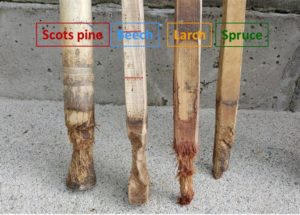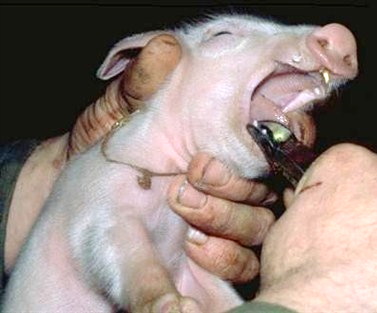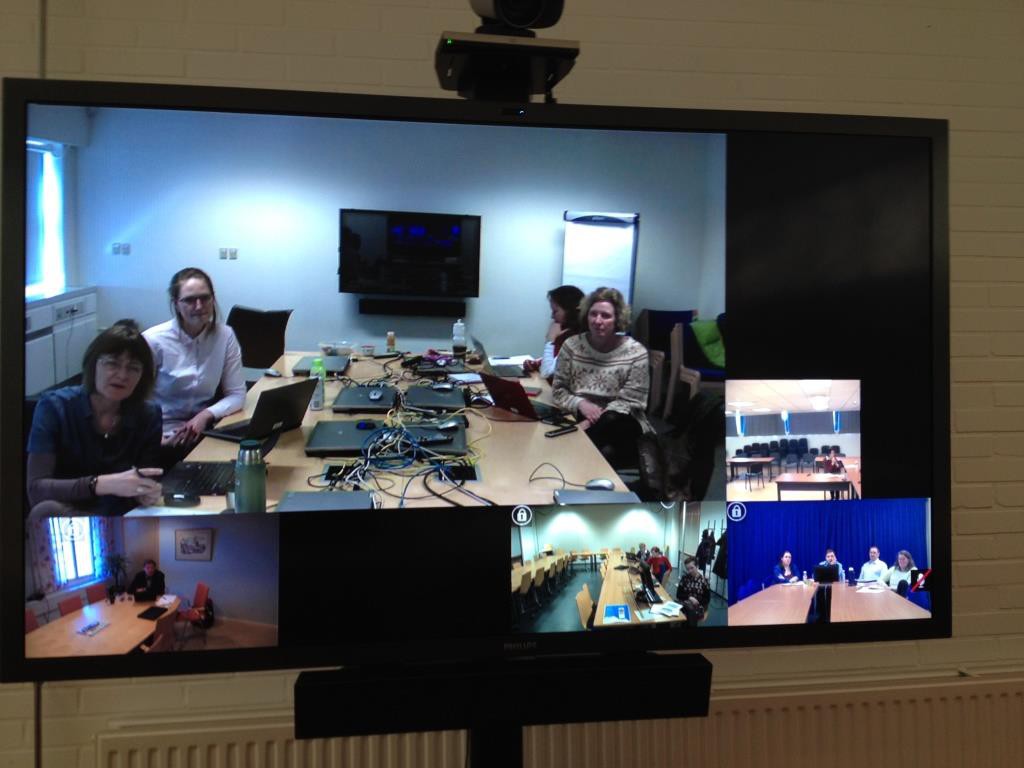4-6th October 2016: Meeting and Webinar on Actions to Prevent Tailbiting and Reduce Tail docking of Pigs
Note: The presentations of the meeting can be accessed here. The video recordings will be available for some time after the meeting via this link.
The European Commission Directorate General for Health and Food Safety is organising a three day meeting at the offices of its Health and Food Audit and Analysis Directorate in Ireland on actions to prevent tailbiting and reduce tail docking of pigs.
The programme includes a wide range of relevant topics. It is delivered by experts from industry, Member State Competent Authorities, research bodies, EU institutions and NGOs. Case studies will facilitate the exchange of good practice and workshops will focus on better solutions for the future. The work of the EU FareWellDock project will also be presented at this meeting.
The meeting is aimed at the authorities of Member States, international organizations, scientists, industry and NGOs.
The Agenda can be found below.
Please note that proceedings from this meeting, apart from breakout groups, will be broadcast live on the Internet and can be followed by logging in to the following links:
- 4 October: 14:00- 16:45 GMT.
- 5 October: 09:00- 16:30 GMT.
- 6 October: 09:45-15:00 GMT.
Please send any questions you may have on the presentations to the functional mailbox: SANTE-IRL-WEBINAR-REARING-PIGS-WITH-INTACT-TAILS@ec.europa.eu and we will endeavour to answer as many as we can during the time for questions at the end of each presentation. If we cannot answer your question during the webinar, we will forward your question to the presenter for response after the event.
Agenda
MEETING ON ACTIONS TO PREVENT TAILBITING AND REDUCE TAIL DOCKING OF PIGS*
4th-6th October 2016, Dir F, Grange, Ireland
Tuesday 4th Oct
14:00 Opening Address, Background and objectives Dir. F. T Cassidy
14:20 Policy perspective Dir G. D Simonin
14:40 Farewelldock project Overview & Immediate and long term consequences of tail docking and tail biting for pig welfare. S Edwards/P Di Giminiani
15:00 Farewelldock project – Use of straw to reduce tail-biting as an alternative to tail-docking. L J Pedersen
15:20 Farewelldock project – Early detection of tail biting and the role of health. C Munsterhjelm
15:40 COST action (GroupHouseNet) with activities related to Tailbiting. A Prunier
16:00 Coffee break
16:30 Overview Report of Study Visits on Rearing Pigs with intact tails
“Problems/Solutions”
Breakout group discussion on measuring on-farm performance of criteria listed in Commission Recommendation (EU) 2016/336. Dir F
18:00 Close of day 1 – Bus to Knightsbrook Hotel
Wednesday 5th Oct
08:30 Bus from Knightsbrook Hotel
09:00 Change- Recent Experience from the poultry sector. B Eivers /N O’Nuallain
09:20 Funding possibilities for changes to housing/management leading to lower stress pig production. P G Solernou
09:50 Maintaining low stress pig production-rearing pigs with intact tails. R Weber
10:30 Coffee break
11:00 Maintaining low stress pig production-rearing pigs with intact tails. J Lindahl
11:40 Maintaining low stress pig production-rearing pigs with intact tails. T.Tirkkonen
12:30 Lunch
13:30 NGO perspectives on developing and implementing a Quality Assurance scheme for improving the rearing of pigs and phasing out tail docking. Bert Van Den Berg
14:00 Actions to improve the productivity and welfare of pigs with the aim of reducing tail docking. D L Schroder
14:30 Actions to improve the productivity and welfare of pigs with the aim of reducing tail docking. H Van der Velde
15:00 Coffee break
15:30 Actions to improve the productivity and welfare of pigs with the aim of reducing tail docking. C Veit
16:00 Actions to improve the productivity and welfare of pigs with the aim of reducing tail docking. M Chapman-Rose
16:30 MS Communication strategies for improving the productivity and welfare of pigs with the aim of reducing tail docking. F2
Breakout group discussion on benchmarking farms at national level on levels of tail biting, tail docking and provision of sufficient enrichment materia
17:45 Close of day 2 – Bus to Knightsbrook Hotel
Thursday 6th Oct
08:30 Bus from Knightsbrook Hotel
09:00 Overview of MS’ Action Plans to implement the Commission Recommendations (EU) 2016/336 of 8 March 2016. Dir F
09:45 COM programme on actions to prevent tailbiting and reduce tail docking of pigs. Dir F
10:30 Coffee break
11:00 Industry Initiatives to improve the rearing of pigs and phasing out tail docking. H P Lahrmann
11:30 Discussion
12:30 Lunch
13:30 Conclusions and future actions
15:00 Departure of bus for airport / Departure of bus to hotel
17:30 Departure of bus for Dublin
* Please note that proceedings from this meeting, apart from breakout groups, will be broadcast live on the Internet.









